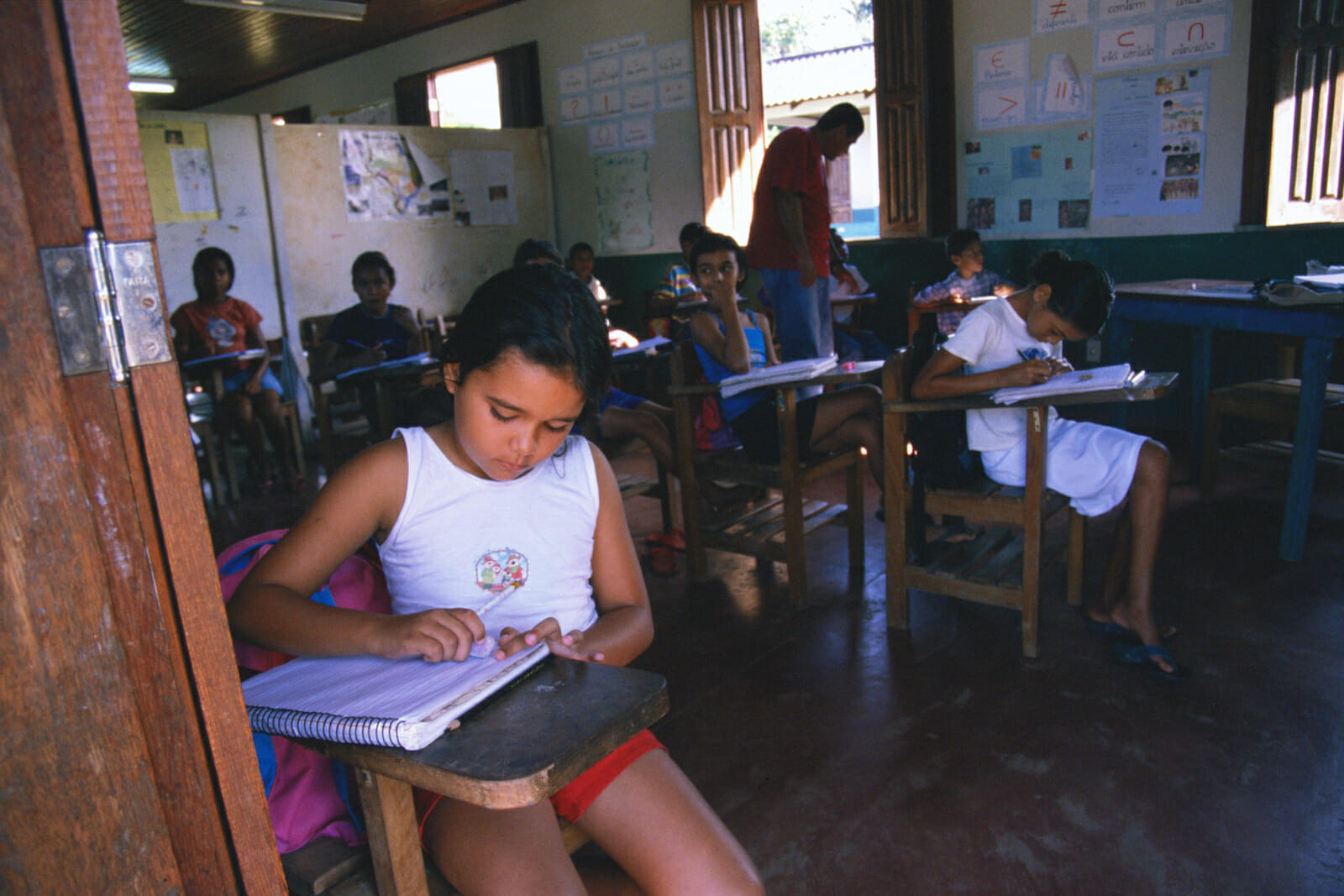
The Rollercoaster in Brazilian Education
In the last two decades, the education system in Brazil has experienced ups and downs. Overall and once more, politicians are doing everything wrong. But there are exceptions: a small city in one of the poorest regions of the country is achieving educational levels comparable with those of rich nations.
The rise and fall of education in Brazil
Back in 2009, The Economist stated that Brazil was “no longer the bottom of the class,” an allusion to the gains the country had made in education, measured by the Programme for International Student Assessment (PISA). Tested in reading, mathematics, and science, Brazilian 15-year-old students did much better than in years past. The improvement was enough to impress the Organization for Economic Cooperation and Development (OECD), which chose Brazil as a case study — an emergent success.
However, the next decade would cool down any enthusiasm, as PISA 2019 results ranked Brazil 53rd among 65 nations. According to the World Bank, at the current pace, Brazil “won’t reach the rich country average score in math for 75 years. In reading, it will take more than 260 years.” What happened to education in Brazil? Why did its quality stagnate? What can policymakers do to put it back on track?
When (almost) everything is wrong
When evaluating Brazil’s educational system, one could say that the country is doing (almost) everything wrong, including, but not exclusively, focusing too much on spending more and more on education, prioritizing quantity (over quality), and investing too little in teachers — precisely which matters the most.
For a start, more money is frequently pointed out as a solution for a plethora of problems. It happens that Brazil spends roughly 6 percent of its gross domestic product on education every year, more than its neighbors — Colombia (4.7 percent), Chile (4.8 percent), and Argentina (5.3 percent) — and even than (rich) OECD nations (5.5 percent on average).
Such additional spending on education has not been translated into more learning; it actually has produced inefficiency. Strikingly, Brazil is reported to be spending 62 percent more than it would need to achieve the same results and could improve its performance (in terms of passing rates and student achievement) by 40 percent with the same level of spending.
Maybe the point is how the money is being invested. In the last two decades, Brazil increased substantially the number of students in school; the share of 18-to-24-year-olds in university also doubled to 43 percent — good for students from the poorer half of the population, which passed from 16 percent to 25 percent of the total. Quality did not catch up with the expansion of enrollment, though, and quantity alone is misleading. As Lant Pritchett asserts, “keeping children ‘in school’ is merely a means to the more fundamental objectives of creating competencies and learning achievement.”
In fact, not only in Brazil but in other developing countries, if in the past access to education was the problem, now the learning deficit is becoming the big challenge — “achieving schooling for all (rather than learning for all) will be an important but hollow achievement.” Why is that? Researchers have shown that improvements in income, productivity, and wellbeing are strongly associated with learning, but just moderately associated with years of schooling.
Whether investment in and access to education are not the explanation, then the poor results may be accounted for by the quality of teachers. Indeed, studies indicate that human resources rather than school materials and physical structure are the most important part of the learning equation, which suggests that teachers are a key determinant of school quality.
This is concerning since the education system in Brazil has been characterized by its low quality of teachers. Yet, low student-teacher ratios, that is, a greater number of students per teacher, another characteristic of the Brazilian system, are known to lead to low educational achievement. Thus, before we put all the blame on teachers, “structural barriers, such as powerful teachers’ unions, weak teaching standards, poor national coordination, and a significant split between public and private schooling,” must be considered as well.
And then it comes to politics. Over the years, Brazil has enacted laws that make it almost impossible for students to fail. Even if students did not learn enough to move onto the next grade, legislative reforms that implemented the so-called “continued progression” will ensure they go ahead and eventually conclude their studies — even if they have not learned anything at all. In the eyes of the statistics, it means schooling achievement. The problem is that abilities, skills, and test scores have little sensitivity to diplomas. Not surprisingly, even though more than half of Brazilian teenagers finish high school, functional illiteracy still averages above 70 percent.
The Brazil that works
Despite the dismal picture, not all is lost. Ceará, one of the poorest states in Brazil, has improved its education much faster than the rest of the country. How come? First, more hours of school — extending daily classroom hours from four (standard in Latin America) to seven. Then, investing in teachers.
A randomized controlled experiment performed in the state showed that teachers can enhance their performance when they are observed and then receive feedback from expert coaches. This led to encouraging students’ test score increases — 0.13-0.23 standard deviation in one single year of the program. And what is best, as the support was delivered by Skype, the cost per student was kept at $2.40, making the intervention highly cost-effective compared with other teacher training programs adopted in developing countries, and a promising strategy for whole-school efforts to raise teacher quality.
Even more remarkable is the case of Sobral. Now everybody wants to know how this tiny little city in Ceará, in just over a decade, made the quality of its education increase substantially, going from bottom-ranked to outperform richer cities, reaching levels comparable with those of world-class education systems. Recently, before COVID-19 hit the country, the municipality received a visit from a World Bank delegation, which tried to understand what is going on there.
Well, there is no silver bullet, the “mysterious case of Sobral” confirms that it is all about effective use of student assessment — fair but demanding written and oral evaluations; a curriculum with a clear learning sequence, prioritizing foundational skills; prepared and motivated teachers; autonomous and accountable school principals, appointed through technical selection (not politically). It does not seem so hard, does it? In the real world, it is…
There is still hope for education in Brazil, but policymakers — not only in Ceará and Sobral but all over the country — have to start doing the right thing.
